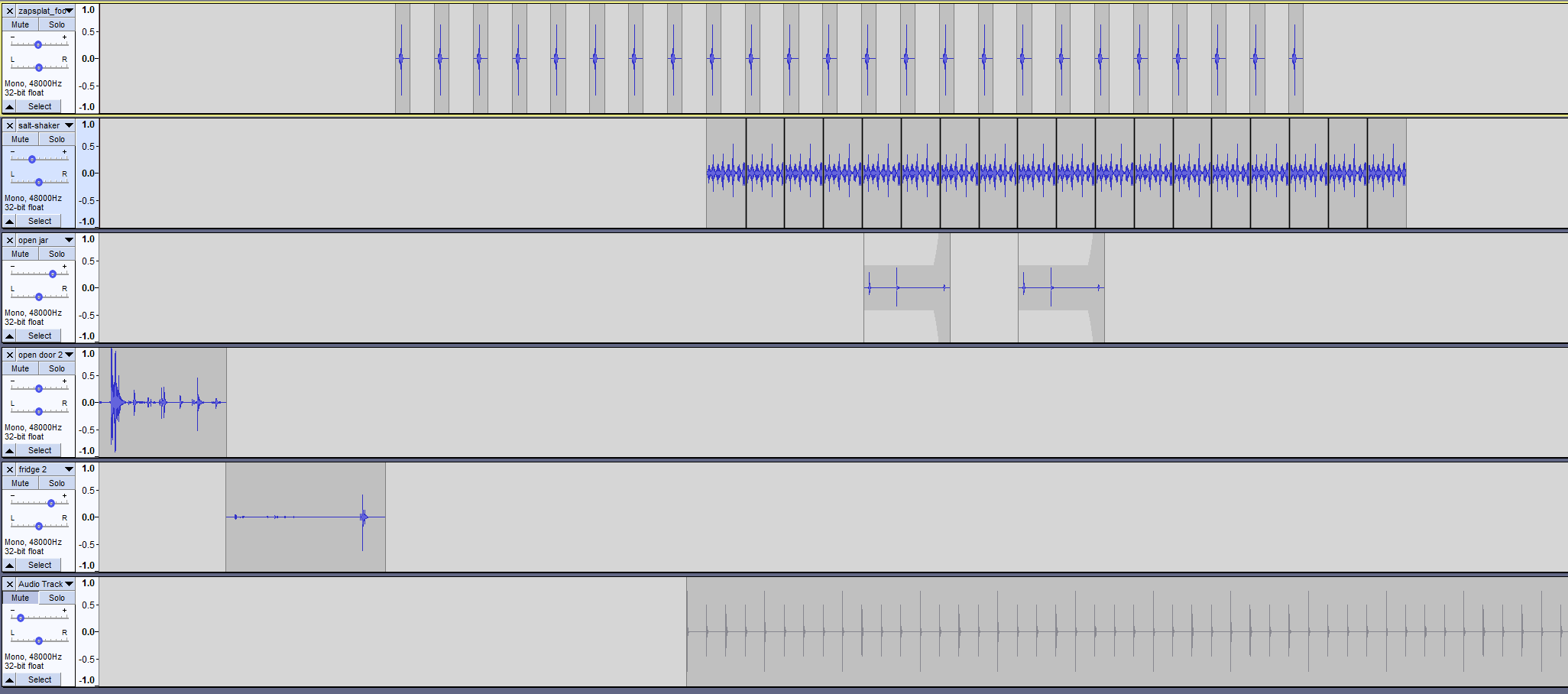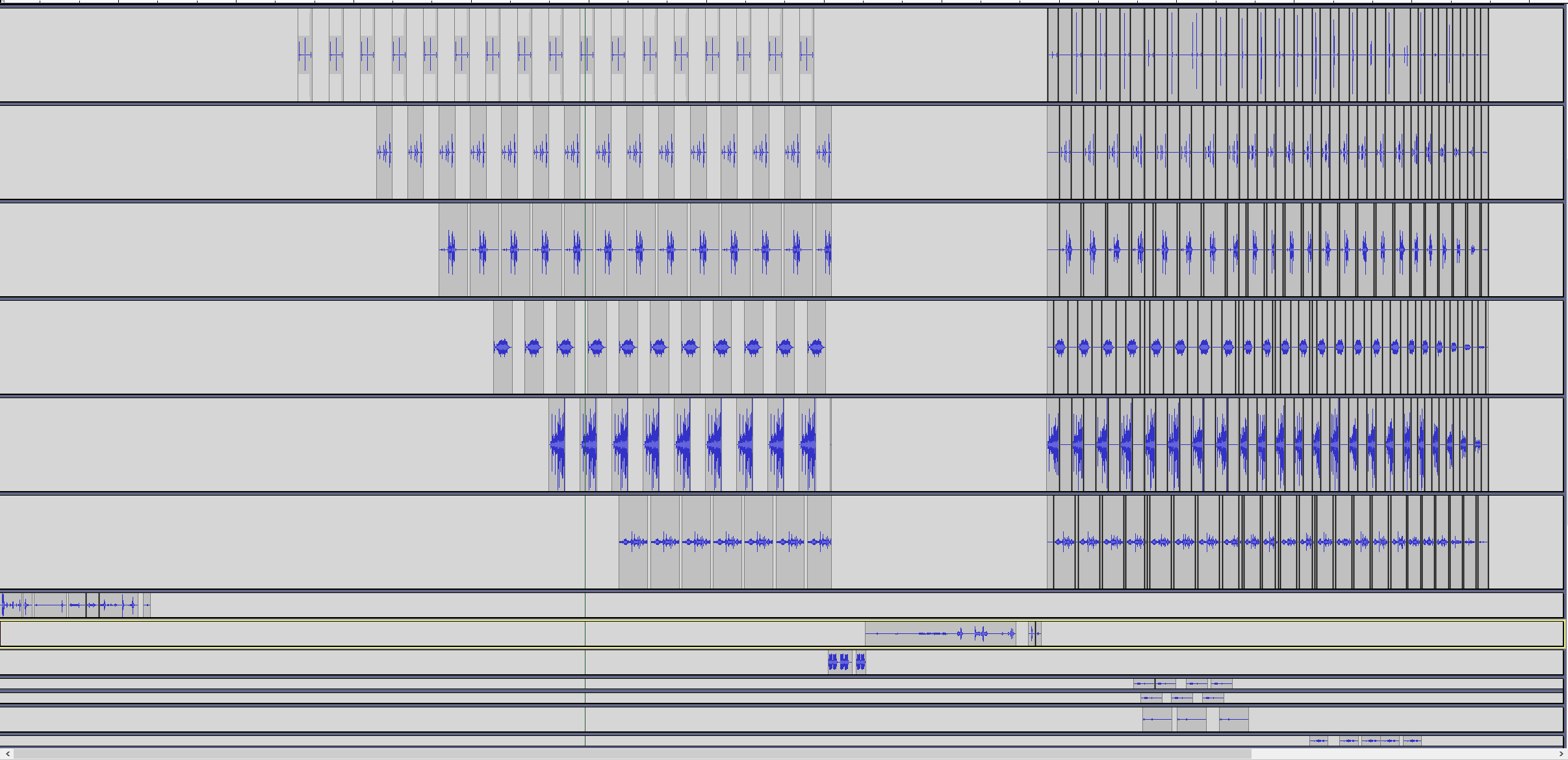This final piece shows the battle a family faces when a child finds out they have a life-threatening illness like cancer. I wanted to focus on the emotions surrounding this entire process and will attempt to really elicit that sympathetic and sad reaction from the audience. The idea came from my connection with The Children's Hospital of Pittsburgh. I have been given the incredible opportunity to meet and develop very good relationships with some of the families with children that have been in this hospital since they were born. I am constantly being inspired by their resilience and care with their children and want to give a little insight into what this experience is like for families.
This piece is my tribute to them.
I originally wanted to portray the whole day of Pitt Dance Marathon last year but decided that might be too complicated. I don’t think I could do that idea justice. Instead, I wanted to build off of the cause connection for PDM. I think I hit all of the baseline criteria: the piece plays for almost 3 minutes, has more than one original and more than one sourced sound file, and has at least 3 overlapping tracks multiple times. It also changes drastically from beginning to end, is a playable .mp3 file, and I met all the deadlines and requirements for the project. As for aspirational criteria, I definitely was able to hit some of these as well: I used relative volume and other effects (including left/right pan) to indicate distance, all speech used/recorded is clear, and have a clear organizational scheme to articulate. I also can show my audience interpretation matches what I intended (see feedback notecards below), I overlapped many sounds, created a sad emotional message, and used Audacity effects that were new to me (especially the envelope tool, but then again, the whole software application is new to me).
This project layout changed, because I wanted to show that these families go through a very similar process almost daily, with doctor's appointments, trips to the hospital, surgeries, and treatments. I decided to title the piece Ringing the Bell as a foreshadowing of the very end where the patient gets to ring the cancer free bell. For example, in this screenshot, you can see a few repetitions of the everyday routine driving to and from the hospital:

I made an effort to create enough repeating sounds that the listener can picture exactly what is happening when it is happening. The cool thing about this project, however, is that it is also up for interpretation. When listeners hear a certain sound like a car starting, in their own minds, they have a different idea of what kind of car that is, and where they are when they’re entering the car. I hope for it to be that way, because that makes it somewhat more personal to the listener.
As for feedback, I have below the 3 notecards I received from peers reviewing my work:
 Here, you can see the emotional aspect was portrayed correctly. As for feedback I used, the first notecard suggests I use left/right pan to indicate some sort of distance. I thought this was a great idea, so shown below is where I decided to add that effect:
Here, you can see the emotional aspect was portrayed correctly. As for feedback I used, the first notecard suggests I use left/right pan to indicate some sort of distance. I thought this was a great idea, so shown below is where I decided to add that effect:

I chose these sounds to use right and left pan as a way to imply location. A listener can picture hearing the heartbeat through a stethoscope, and then the child coughing comes from the other side of the listener. I thought this was a good idea, so I am interested to see if others do too.
Overall, this was my first time using Audacity, so I think I did a pretty good job.





















 No where near a final product. Not even a minute (ignoring the extra audio shifted over from the end), with no story and nothing happening. Groovy music is great, but can't carry a project quite that far.
No where near a final product. Not even a minute (ignoring the extra audio shifted over from the end), with no story and nothing happening. Groovy music is great, but can't carry a project quite that far. By this point, I was much more comfortable with using Audacity, and I was pretty dang happy with my result. I surpassed the 2:00 mark, had a few self-recorded sound mixed in with the out-sourced effects and music, and plenty of overlapping tracks, all held together by a cohesive storyline. I then decided to go ahead and take my 5 hours of sleep and be prepared for class the next day.
By this point, I was much more comfortable with using Audacity, and I was pretty dang happy with my result. I surpassed the 2:00 mark, had a few self-recorded sound mixed in with the out-sourced effects and music, and plenty of overlapping tracks, all held together by a cohesive storyline. I then decided to go ahead and take my 5 hours of sleep and be prepared for class the next day. Despite my headphones acting up now and again, the general consensus was that the dialogue was hard to hear. The music throughout the whole process was sort of overbearing, so this was no surprise. Turned up the gain specifically on the diagnostics dialogue, and turned it down further on the music. As a result, the dialogue was much more clear and easy to understand. The second note card (from Olivia) was not a fan of the dramatic ending music, while Angeline enjoyed it, so I ultimately made the decision to leave it as is, as I felt that it went well with the story.
Despite my headphones acting up now and again, the general consensus was that the dialogue was hard to hear. The music throughout the whole process was sort of overbearing, so this was no surprise. Turned up the gain specifically on the diagnostics dialogue, and turned it down further on the music. As a result, the dialogue was much more clear and easy to understand. The second note card (from Olivia) was not a fan of the dramatic ending music, while Angeline enjoyed it, so I ultimately made the decision to leave it as is, as I felt that it went well with the story.








 The very bottom track in this is the dialog, and directly above that is the emergency alert voice. This is what I considered the full draft. After the peer review, a couple of my cards suggested fading out the ending and making it less abrupt. I faded out both the air raid siren as well as the police siren and had an EAS tone mark the ending of the soundscape. I think that the alert sound with the sirens fading out in the background gives off an almost chilling energy that I really like. Another thing that I did to tweak the ending was add in a sound of the two starting up a car and driving away. I noticed a small pause in the alert noise so I placed it in between that. The final thing that I did for the soundscape was cut the sound of the door closing out of the dialog and placing it in its own track so that I could manipulate the pan and make it sound more like it was coming from the left.
Here is a picture of the final draft and a picture of the note cards:
The very bottom track in this is the dialog, and directly above that is the emergency alert voice. This is what I considered the full draft. After the peer review, a couple of my cards suggested fading out the ending and making it less abrupt. I faded out both the air raid siren as well as the police siren and had an EAS tone mark the ending of the soundscape. I think that the alert sound with the sirens fading out in the background gives off an almost chilling energy that I really like. Another thing that I did to tweak the ending was add in a sound of the two starting up a car and driving away. I noticed a small pause in the alert noise so I placed it in between that. The final thing that I did for the soundscape was cut the sound of the door closing out of the dialog and placing it in its own track so that I could manipulate the pan and make it sound more like it was coming from the left.
Here is a picture of the final draft and a picture of the note cards:






 I appreciated all the feedback I got from my group members and implemented it all. I added dialogue between the players and with the coach's speech in the beginning. I made the skating sounds transition from left to right a couple times to make the motion of the game felt. I also added a story behind it to connect the audience to the piece.
I appreciated all the feedback I got from my group members and implemented it all. I added dialogue between the players and with the coach's speech in the beginning. I made the skating sounds transition from left to right a couple times to make the motion of the game felt. I also added a story behind it to connect the audience to the piece.
















This is a space where you'll be able to post your final-for-now thoughts on your audio unit projects, your soundscape narratives. These are both a space for you to think back on what you've learned, and how, and also to help me appreciate the work you've done (whether in successful product or ambitious process).
At a minimum, this should include:
This will be due on Tuesday, February 4th.